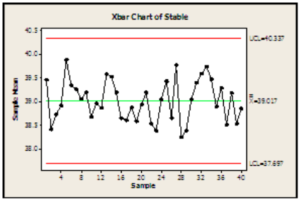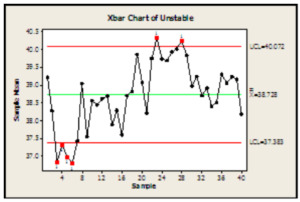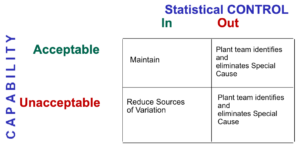What is SPC?
What is Statistical Process Control?
SPC stands for Statistical Process Control. SPC includes a series of tools to methodically monitor and control manufacturing processes and also may be applied throughout many other processes in an organization. The way shop-floor statistics (X Bar R charts, etc.) are conveyed and analyzed.
Learn More about SPC with this Tutorial:
Buy a copy of AIAG Standards:
- Buy copy of SPC-3 (2005) Statistical Process Control (2nd Edition)





